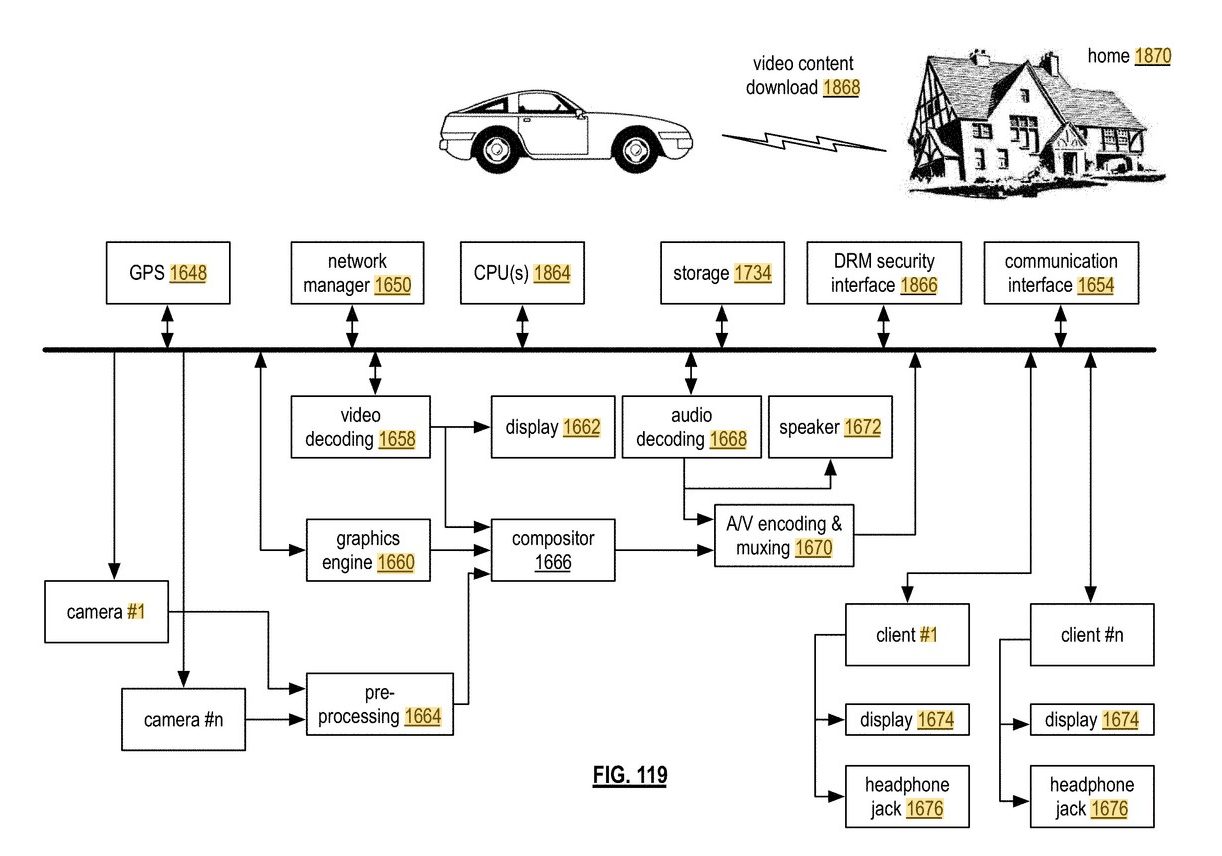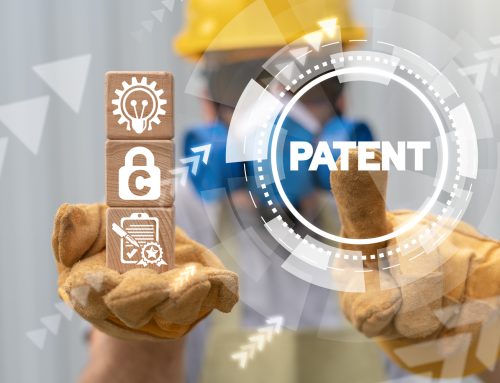Local Broward County Patent Attorney reviews U.S. Patent 10,469,408 filed by AVAGO Technologies, which appears to be Broadcom Inc. The patent appears to suggest that the invention improves vehicle communication networks and reducing weight thereby improving gas mileage. Yet further, on a cursory review, it appears the invention performs multi-level video processing within a vehicle.
The Patent describes improvements in the relevant patent art such as:
To enable electronic components using different bus protocols to communicate with each other, one or more bus gateways may be included in the vehicle network. For example, in a safety related issue, a safety ECU may need to communicate with a braking ECU, and engine control ECU, and/or a transmission control ECU. In this example, the bus gateway performs some degree of protocol conversion to facilitate the communication between the ECUs of differing communication protocols.
In addition to providing multiple vehicle network protocols to support a variety of electronic devices within a vehicle, most vehicle manufacturers are striving for improved fuel efficiency. In this regard, a reduction in weight of 400 pounds is approximately equivalent to reducing continuous power consumption by 100 Watts. As such, by removing weight from a vehicle, fuel efficiency may be improved. As is known, a typical vehicle includes 400 to 600 pounds of wiring, which is the second heaviest component in a vehicle; the engine is the heaviest.
On November 5, 2019, Week 45, Number 1468-1, the United States Patent and Trademark Office published issued U.S. Patent Number 10,469,408. The patent describes A system for performing multi-level video processing within a vehicle includes a pre-processing module for determining an encoding mode and enabling one or more levels of encoding based on the encoding mode. The pre-processing module further receives a video stream from a camera attached to the vehicle via a vehicular communication network and encodes the video stream based on the encoding mode to produce a packet stream output. The system further includes a video decoder for receiving the packet stream output and decoding the packet stream output in accordance with the encoding mode to produce a decoded video output.
As an example, Figure 119 describes diagram of an example of processing video content authorization in a vehicle network communication system. The vehicle communication system includes, in part, the network fabric, a GPS processing unit 1648, the network manager 1650, one or more central processing units 1864, a communication interface 1654, memory (storage) 1734, a digital rights management (DRM) interface 1866, a video decoding module 1658, a graphics engine 1660, one of more displays 1662, one or more cameras, a pre-processing module 1664, a compositor 1666, an audio decoding module 1668, an audio-video encoding module 1670, one or more speakers 1672, and one or more rear seat entertainment units that includes a client processing unit, a rear seat display 1674, and a headphone jack 1676. The video decoding module 1658, the graphics engine 1660, the preprocessing module 1664, the compositor 1666, the audio decoding module 1668, and the audio/video encoding module 1670 constitute a head end unit within the vehicle.
If you have a great idea, contact a patent attorney to learn how to protect your idea.








